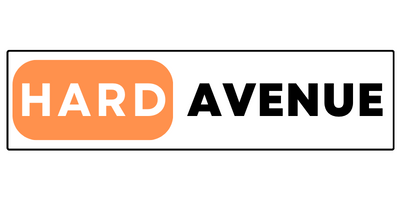Google utilizes an insidious tracking method: fingerprinting. This technique, which replaces cookies, allows the identification of internet users through unique technical characteristics of their device, browser, and IP address. Unlike cookies, it leaves no trace on the device, making it difficult for users to block. The National Commission on Informatics and Liberty (CNIL) raises concerns about this non-consensual surveillance, which threatens privacy.
Key Information
- Google employs fingerprinting to track users.
- This method replaces cookies and creates a unique digital fingerprint.
- It raises privacy issues, as users cannot easily block this tracking.
- The CNIL expresses concerns about these non-consensual practices.
Google tracks users through fingerprinting
In the digital age, the issue of user tracking by major tech companies continues to spark debate. Google, one of the tech giants, uses a sophisticated method called fingerprinting to monitor its users online. This technique allows the identification of internet users not through cookies, but by relying on unique technical characteristics tied to each device.
Fingerprinting identifies internet users by technical characteristics
Fingerprinting aggregates a series of technical data that describes the configuration of a user’s device, such as browser type, screen resolution, and even installed fonts. Together, this information forms a digital fingerprint that can be used to track users across different websites. Unlike cookies that can be easily deleted or blocked, fingerprinting leaves no visible trace on the device, further complicating users’ efforts to protect their privacy.
This method replaces cookies with a more insidious approach
While cookies have been controversial, they have long been the primary means of tracking. However, with evolving privacy regulations and user expectations, more and more companies are turning to fingerprinting. This insidious approach allows companies to bypass certain limitations imposed by browsers and access data that was previously unavailable. As a result, users find themselves in a digital environment where their behavior is constantly monitored without their full awareness.
The device, browser, and IP create a unique digital fingerprint
Every time a user connects to the internet, a set of elements—including their device, browser, and even IP address—contribute to creating this unique digital fingerprint. This means that no user is ever truly anonymous online. Every action, every click can be linked to a unique profile that allows companies to build a detailed picture of consumers’ habits and preferences, often without their knowledge.
Unlike cookies, this technique leaves no trace on the device
One of the main characteristics of fingerprinting is that it does not use files stored on the user’s device. Unlike cookies that can be deleted or blocked, fingerprinting remains hidden and invisible. This increases the difficulty for users seeking to protect their privacy: they may believe they are browsing safely, while in reality, their online activities are still being monitored.
Users cannot easily block this tracking
In this environment where fingerprinting is becoming the norm, users often find themselves powerless. Few solutions exist to prevent this type of tracking, and most users are not even aware of the threat it poses. While tools exist to try to reduce this tracking, achieving complete protection remains a challenge. Most users cannot directly block this method, raising serious questions about the transparency and control individuals have over their personal data.
Only Firefox offers limited protection against fingerprinting
Among browsers, Firefox stands out by offering limited protection against fingerprinting. However, this protection is not foolproof, and many users continue to browse without considering the risks to their data. This raises questions about the role of browsers and technologies in protecting user privacy and underscores the need for stricter regulations to address these practices.
Information must be communicated clearly to users
It is imperative that companies, including Google, provide clear and accessible information about tracking techniques such as fingerprinting. Users have the right to know how their data is collected and used. Transparent communication is essential to enable individuals to make informed choices regarding their privacy and online security.
Non-consensual tracking raises privacy concerns
Non-consensual tracking constitutes a serious violation of users’ privacy. Concerns are growing about the potential misuse of collected personal data. Users should have the ability to opt out of this type of tracking without complications. Privacy should not be an option but a fundamental right ensuring that every user is protected against abuse.
The National Commission on Informatics and Liberty (CNIL) expresses concerns
In light of this troubling situation, the National Commission on Informatics and Liberty (CNIL) has begun to express concerns regarding these tracking methods. The agency emphasizes the need for strict regulation to protect users against fingerprinting and other intrusive surveillance techniques. The CNIL calls for greater vigilance and coordinated action to ensure the protection of personal data in an increasingly complex digital world.










